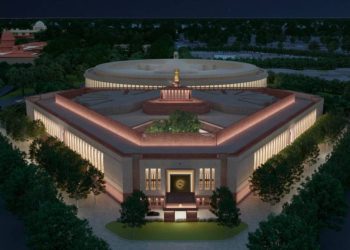Table of Contents
This Post Is Recently Updated on Oct 31, 2023 @ 22:28 pm by TBB Desk
1. Discovery of the Ancient Text
Archaeologists in Egypt have stumbled upon a historical treasure – a 3,500-year-old cemetery replete with mummies and statues. Among the notable finds was a rare copy of the Book of the Dead on a papyrus scroll extending over 43 feet in length. The discovery team has yet to share intricate details about the text found.
2. A Glimpse into the Beyond
The ancient Egyptians had a knack for orchestrating elaborate burial ceremonies. They prepared resting places with canopic jars to preserve the deceased’s organs and a Book of the Dead scroll to aid the journey into the afterlife. Recently, a similar scene from the New Kingdom era, over 3,500 years back, was unearthed in central Egypt, revealing mummies, canopic jars, amulets, statues, and a significant papyrus scroll of the Book of the Dead.
3. Unveiling the Papyrus Scroll
This scroll, discovered in the Al-Ghuraifa area, is touted as the first complete papyrus found there and is remarkably well-preserved, according to Mustafa Waziri, the secretary general of the Egyptian Supreme Council of Antiquities.
4. An In-depth Examination
The cemetery, with its myriad of artifacts and tombs dating between 1550 BC to 1070 BC, has captured experts’ interest, particularly the potential copy of the Book of the Dead. This text varies with each rendition and started appearing around 1550 BC, making such a well-preserved find from this era a rare occurrence. The text, also known as “The Chapters/Book of Going Forth By Day,” provides a window into ancient Egyptian religious beliefs and practices.
5. The Wealth of Burial Artifacts
Apart from the scroll, the archaeological team discovered a variety of burial items including stone and wooden coffins with mummies, over 25,000 ushabti statues, numerous utensils, amulets, and canopic jars. Among the notable finds were the colored wooden coffins, especially that of Ta-de-Isa, daughter of the high priest of Djehuti in Al-Ashmunin, Eret Haru. Her burial site also contained canopic vessels, a complete set of ushabti statues, and a statue of the deity, Ptah Sokar.









